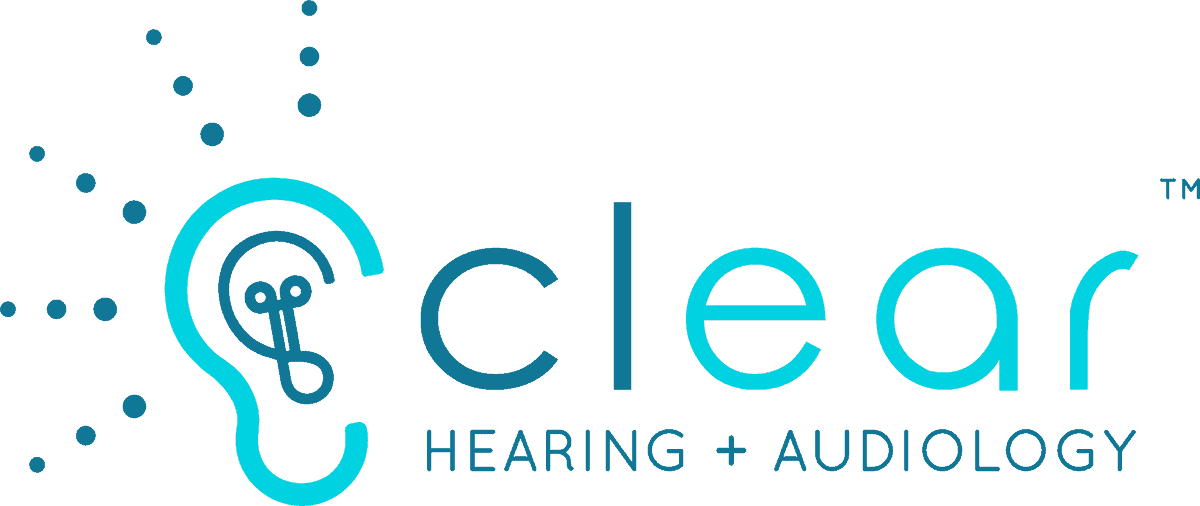
Earwax may be unsightly, but it provides some crucial functions in the healthy operation of the ear. What we know about earwax informs the way we can clean our ears and the right path to resolving issues when too much earwax builds up inside the ear canal. Though many of us have the inclination to clean inside the ear canal with a tool such as a cotton swab, this seemingly simple action can lead to a chain reaction of negative effects in the ear. Let’s take a moment to consider the functioning of earwax, what your earwax tells you about the health of your ears, and how to best clean and maintain your ears to avoid problems.
What is the purpose of earwax?
Earwax, though unpleasant to see, performs the essential task of keeping the ear canal free of debris. When dust, dirt, or larger flying objects encounter the ear canal, earwax works as a sticky surface to collect that unwanted matter. With the eardrum as a sensitive tympanic membrane at the entry point to the ear canal, debris needs to be kept away to avoid damage or even a puncture. Earwax also moisturizes the ear canal. As sound moves deeper inside the ear, it encounters a fluid-filled chamber. On the path to that feature of ear anatomy, the walls of the ear canal need to be moisturized to keep the sonic structure of sound waves in a recognizable form. Each of these tasks of earwax are crucial to the process of hearing, and a delicate balance needs to be maintained.
What does your earwax tell you?
Your earwax can tell you some things about your health and the function of that substance within the ear. Adults tend to have darker colored earwax, demonstrating that it has effectively trapped dirt, bacteria, and other substances before it can proceed into the ear canal. If earwax is too dark it may be evidence that the ears have encountered a high amount of airborne pollutants. Lighter-colored earwax is common among children, and it tends to be softer than that of adults. If you find red in your earwax, this discovery can be evidence of an injury within the ear canal. You should seek an ear exam if you find blood in your earwax. Those who have white, flaky earwax lack a certain chemical that is used to produce body odor. Both stress and exercise can lead to the overproduction of earwax, though healthy ears will naturally expel that excess rather than letting it accumulate within the ear canal.
How can you remove earwax from your ears?
With these essential functions in mind, you will not want to risk removing too much earwax from the ear canal. Not only can that lead to an imbalance in the natural production of earwax, but you might be inadvertently letting in debris or dirt that can damage the ear. The only place from which you should remove earwax is the outer ear before the entry to the ear canal. A good rule of thumb is that you should not insert anything into the ear canal that is larger than the end of your elbow. A cotton swab certainly falls into that category! When cleaning your ears, you can use a damp, clean cloth around your finger in the creases and folds of the outer ear. Inserting anything into the ear canal will force some of the earwax deeper inside, and you might be causing it to impact in unhealthy ways.
If you find a problem with excess earwax within the ear canal, don’t try to remove it on your own. You can soften and flush the ear canal with a couple drops of mineral oil, glycerin, or hydrogen peroxide followed by warm water, but you should not use any tools inserted into the ear. Seek professional assistance if you feel that earwax has accumulated in a way that causes discomfort within the ear canal. With these tips in mind, you can avoid the unpleasant sight of earwax while also maintaining its essential function within the ear canal. Protecting the sensitive features of the inner ear is of utmost importance for your ongoing hearing health!
